Joy and I took a little “holiday” from blogging at the end of 2016. We were busy enjoying a family visit together in the Northwest filled with snow shoeing, aerial yoga with our girls (including Roja!), and ringing in the new year at “pretend midnight” for the kids and then official midnight for the adults.
Photo Description: Scenic winter picture of our family snow shoeing.

Photo Description: Aerial yoga swings hanging from the ceiling with red mats underneath. Roja is laying on a red yoga mat in the left corner of the picture.

Fast forward to January. The egg nog is long gone, the holiday decor packed away, and it’s back to the routines of daily life. In many ways it feels refreshing. A new year offers new beginnings, and yet old habits often follow us into new years. I’m choosing to share one of my on-going challenges knowing that many of us struggle with our inner critic. I invite you to try some self-compassion exercises along with me as a step towards a healthy 2017.
This “self-compassion lesson” begins with a story followed by some self-compassion exercises.
The sun streamed brightly through the trees, illuminating the large piles of crisp white snow as I rushed out the front door. I chatted distractedly with Joy on my cell while grabbing the long blue sled from the front porch and tossing my son’s after school snacks and snow gear onto it before zipping off. Joy and I finished up our conversation as I walked the 1/2 mile to Benny’s preschool. I quickly plucked his lunch box from the sled to prepare for his famished after school snack requests, and discovered that the bag of snow gear I had packed him was no longer in the sled. I’ll just retrace my steps and find it on the way home, I thought, and signed Benny out of school. I knew finding a white plastic grocery bag against white snow would be challenging, but Benny is a good little helper and I figured we’d stumble on it eventually. But soon we were home with no bag of snow gear. My husband. who works from home most days, had just started his lunch break and offered to take the car out and look for the missing gear.
Meanwhile, I started making lunch, but was so distracted with texting friends and neighbors about the missing items, that I forgot about the sauce simmering and burnt it to a crisp. My husband used his entire one hour lunch break searching for the items with no luck. I felt defeated as I recalled how much money snow gear costs, especially the brand new high quality Burton mittens that just arrived from Amazon the day before. I could feel the tight knots in my empty stomach as I scrounged around the fridge, trying to put together a new lunch, and I snapped at my husband when he asked me a question. He retreated back to his home office, likely relieved to escape the presence of his edgy wife. Tears started rolling down my cheek as I thought about how much I had screwed up that day.
My pity party was interrupted by my phone ringing. It was my Uncle Mark calling. Joy has written about our uncle in previous posts. He calls each day from his room at the nursing home to read us the AA prayer of the day. Though Mark’s developmental disability keeps his mind at the age of an adolescent, his intuition often exceeds his mental capabilities.
I sniffled as I picked up the phone. “Hi, Uncle Mark. I’m kind of having a bad day.”
I proceeded to tell him about my lost items, burnt lunch, and cranky behavior..
“I’m sorry you burnt lunch.” he stated in a flat tone.
“Thanks,” More sniffles.
“I’m sorry you lost your son’s snow pants.” he continued, still mono-tone.
A few more tears rolled down my cheek as I muttered another “thanks” into the phone.
“I’m sorry you lost your son’s hat.” he offered. Oh man, is he going to say sorry for every damn item I lost?
I wondered to myself, feeling grumpier by the second.
“I’m sorry you lost your son’s new mittens.” he added.
I was about to mutter another bland thank you when I heard him say, “But you’re still a good mom.” Now the hot salty tears came flooding out of my eyes as I sobbed,”Thank you, Uncle Mark! I really needed to hear that right now.”
Uncle Mark’s words cut right to the heart of why I was crying. I wasn’t shedding tears over lost stuff, or martial tension, or burnt lunch. I was feeling inadequate as a mom, and I was beating myself up over my mistakes. Mark’s simple affirmation caused me to remember all that I have learned about the importance of self-compassion. I first learned this concept from Brene Brown and Kristen Neff, and was able to put it into practice at the Daring Sisters women’s retreat last summer. For yesterday’s fiasco, I chose to write myself a self-compassion letter, which is far less complicated and hokey than it may sound. Other times, I’ve chosen a guided meditation. There are lots of great tools to choose from on Dr. Neff’s website.
Below is a step by step guide to writing a self-compassion letter that I found on Berkeley’s Greater Good In Action site.
Time Required:15 minutes. Try to do this practice once per week, or at least once per month
First, identify something about yourself that makes you feel ashamed, insecure, or not good enough. It could be something related to your personality, behavior, abilities, relationships, or any other part of your life.
Once you identify something, write it down and describe how it makes you feel. Sad? Embarrassed? Angry? Try to be as honest as possible, keeping in mind that no one but you will see what you write.
The next step is to write a letter to yourself expressing compassion, understanding, and acceptance for the part of yourself that you dislike.
As you write, follow these guidelines:
- Imagine that there is someone who loves and accepts you unconditionally for who you are. What would that person say to you about this part of yourself?
- Remind yourself that everyone has things about themselves that they don’t like, and that no one is without flaws. Think about how many other people in the world are struggling with the same thing that you’re struggling with.
- Consider the ways in which events that have happened in your life, the family environment you grew up in, or even your genes may have contributed to this negative aspect of yourself.
- In a compassionate way, ask yourself whether there are things that you could do to improve or better cope with this negative aspect. Focus on how constructive changes could make you feel happier, healthier, or more fulfilled, and avoid judging yourself.
- After writing the letter, put it down for a little while. Then come back to it later and read it again. It may be especially helpful to read it whenever you’re feeling bad about this aspect of yourself, as a reminder to be more self-compassionate.
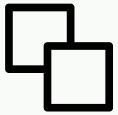




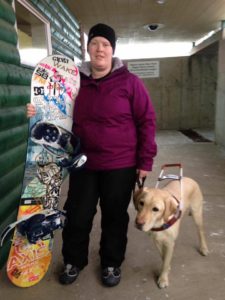
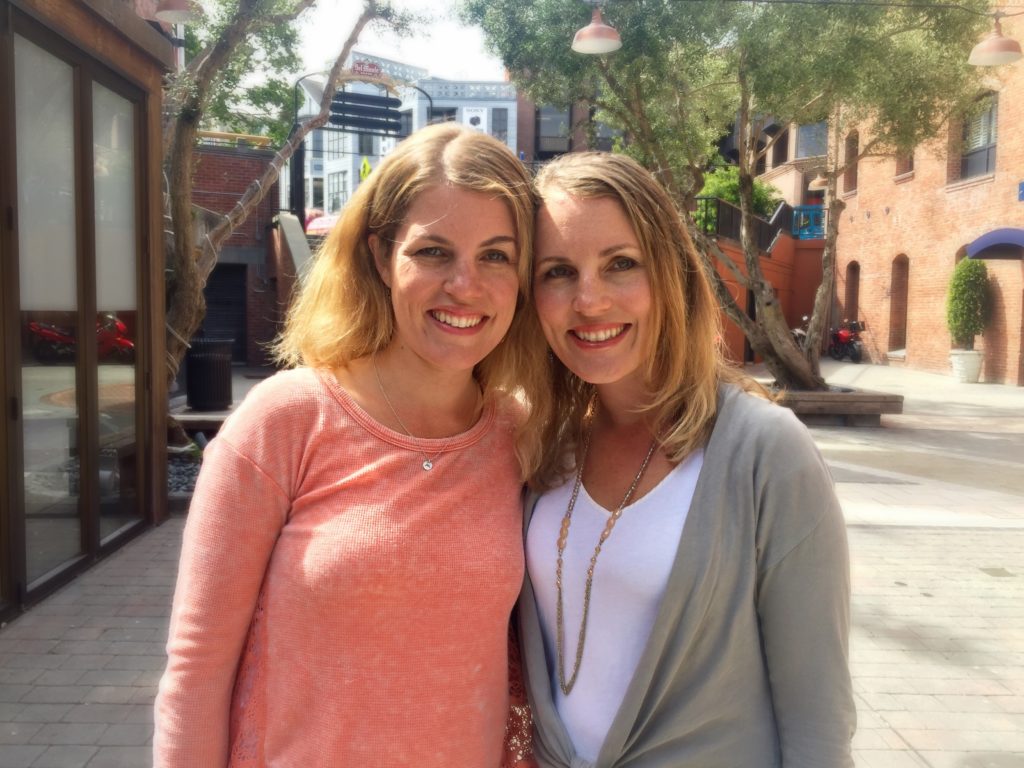
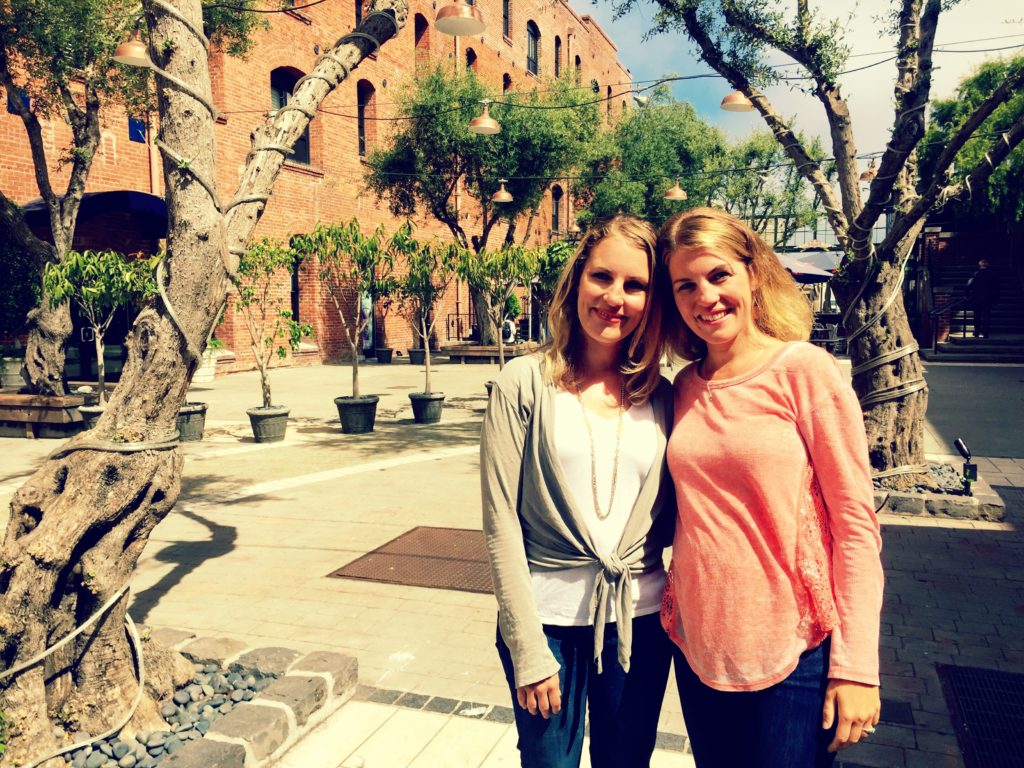
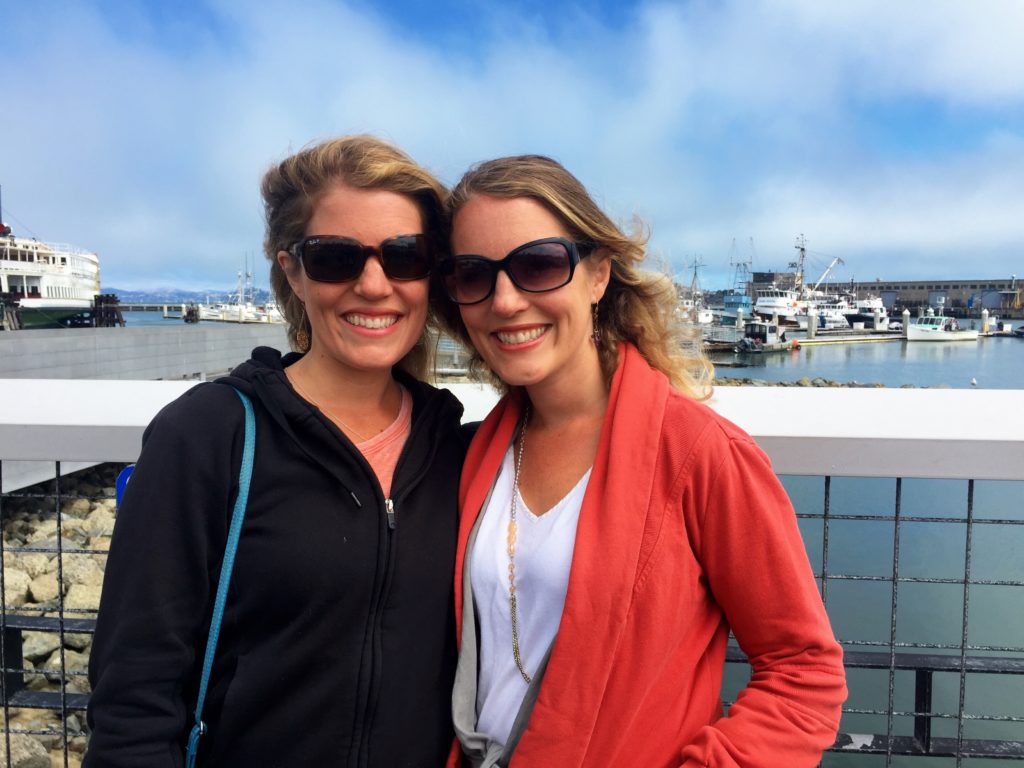 2015-2016: Shame is a common theme.
2015-2016: Shame is a common theme.